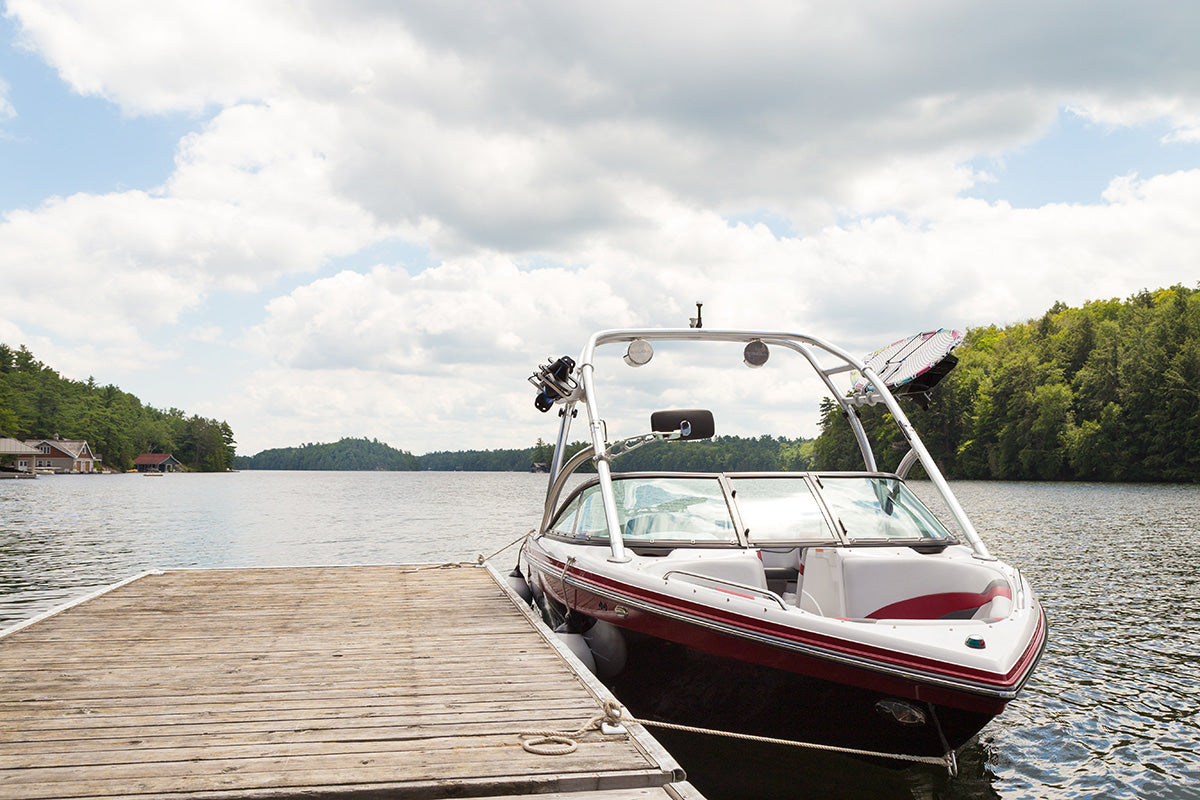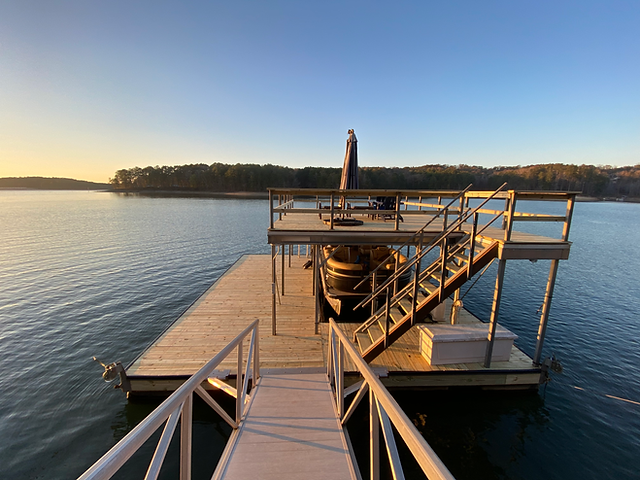Efficient Dock Repair Work Techniques: Guaranteeing Structural Stability
Guaranteeing the structural honesty of anchors with efficient repair work methods is extremely important for the durability and safety and security of marine centers. Subsequently, selecting the ideal repair work products, such as composite materials and corrosion-resistant alloys, is vital for durability.
Assessing Dock Damages
Analyzing dock damages is an important first action in making sure the architectural honesty and security of any docking center. Trick elements to check out consist of the dock's foundation, pilings, outdoor decking, and hardware (Dock Repairs).
Architectural engineers or qualified assessors usually perform these analyses utilizing specialized devices and strategies. For circumstances, underwater evaluations may employ sonar equipment or from another location ran lorries (ROVs) to detect immersed damage. Over water, aesthetic assessments are complemented by utilizing moisture meters and various other diagnostic tools to reveal underlying issues not instantly noticeable to the nude eye.

Choosing Repair Work Materials
Selecting the appropriate repair products is a pivotal step in the dock repair process, one that directly affects the longevity and efficiency of the repaired framework. Product option should be driven by elements such as ecological conditions, load-bearing requirements, and compatibility with existing dock components. Wood is a standard selection for anchors due to its natural durability and visual allure. Choosing the right kind of timber, such as pressure-treated lumber or normally rot-resistant varieties like cedar or teak, is critical to stand up to water environments.
In addition to timber, composite materials are progressively prominent as a result of their resilience and reduced maintenance requirements. Composites, usually made from a mix of plastic and timber fibers, supply exceptional resistance to rot, bugs, and UV damage. For metal anchors, picking corrosion-resistant alloys such as galvanized steel or marine-grade light weight aluminum is important to avoid rust and ensure architectural integrity in saline water conditions.
Epoxy materials and marine-grade sealers are essential for fixing cracks and sealing joints, offering a water resistant obstacle and enhancing the dock's overall stamina. By diligently picking top quality materials, dock repairs can accomplish durable results, therefore safeguarding versus future destruction and guaranteeing safe, reputable use.
Architectural Support Strategies
Reliable structural support methods are vital in guaranteeing the security and longevity of dock fixings. One essential technique involves using steel or composite reinforcement bars (rebar) within concrete frameworks. Rebar gives extra tensile strength, preventing fractures and dispersing tons more uniformly. This method is particularly reliable for docks subjected to heavy lots or harsh ecological conditions.
An additional vital technique is the application of fiber-reinforced polymers (FRP) These products supply high strength-to-weight ratios and superb resistance to rust, making them optimal for strengthening concrete or wood anchors. FRP can be my link used in strips or sheets and bound with epoxy materials to enhance structural honesty.
Bracing and securing systems additionally play an essential function in architectural support. Cross-bracing, using steel or wooden beam of lights, can neutralize lateral pressures, lowering guiding and movement. Anchoring systems, such as helical piers or driven heaps, give a stable foundation by moving lots to much deeper, extra steady soil layers.
Finally, the combination of load-distribution plates can aid distribute weight extra evenly throughout the dock's surface area, minimizing localized anxiety points. These strategies collectively make certain that docks stay risk-free and durable, with the ability of standing up to the rigors of their operational environment.
Advanced Repair Service Approaches

One more innovative technique includes undersea welding, which permits repair work to be performed without the need to dewater the location. This technique is particularly beneficial for dealing with structural concerns in immersed dock components, making certain very little disruption to operations. Boosted welding techniques, coupled with robotic systems, provide accuracy and dependability, therefore prolonging the life expectancy of the dock.
Additionally, cathodic security systems are applied to protect against corrosion in metallic dock frameworks. By using sacrificial anodes or pleased present systems, these strategies successfully mitigate the electrochemical procedures that cause material degeneration.
Lastly, progressed tracking innovations, such as architectural wellness monitoring (SHM) systems, offer real-time information on the condition of dock structures. These systems make it possible for positive upkeep and timely treatments, ultimately ensuring the long-term architectural integrity of the dock.
Maintenance and Prevention
Maintenance and prevention are essential principles that underpin the durability and security of dock frameworks. Regular evaluations are paramount, allowing for early discovery of damage, possible weaknesses, and ecological influences. An aggressive approach, involving routine look for corrosion, hop over to here rot, and architectural changes, mitigates expensive repair work and extends the dock's functional life.
Safety nets must include applying safety finishes to steel parts to secure versus rust and utilizing treated wood to withstand decay. Additionally, making sure appropriate water drainage and ventilation can prevent water buildup, which is an usual reason for architectural degradation. Including top quality products and sticking to manufacturer guidelines throughout building and repair service phases additionally play important functions in boosting toughness.
Educating workers in dock upkeep ideal practices ensures constant application of safety nets. Leveraging technical developments, such as drones for evaluations and sensing units for real-time monitoring, can even more enhance maintenance efforts. By focusing on maintenance and prevention, dock owners can ensure architectural stability, operational safety, and affordable monitoring over the dock's life-span.
Final Thought
In conclusion, preserving the structural integrity click this site of marine facilities demands extensive dock repair work strategies. Advanced repair methods, coupled with routine maintenance practices, guarantee the dock remains functional and secure under varied environmental conditions.
Making sure the structural stability of docks through reliable repair strategies is extremely important for the longevity and safety and security of aquatic facilities.Picking the appropriate fixing products is a crucial step in the dock remediation process, one that directly affects the longevity and efficiency of the repaired structure.Efficient architectural support techniques are crucial in guaranteeing the security and durability of dock repairs. By prioritizing maintenance and prevention, dock owners can ensure structural stability, functional safety and security, and cost-effective administration over the dock's lifespan.
In conclusion, keeping the structural integrity of aquatic centers necessitates thorough dock repair strategies.